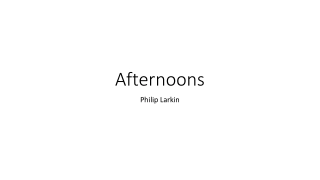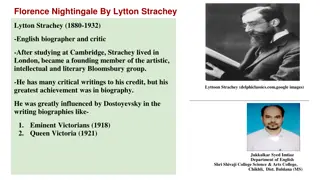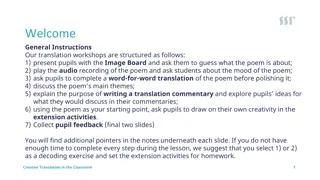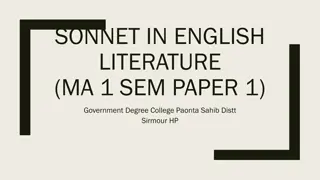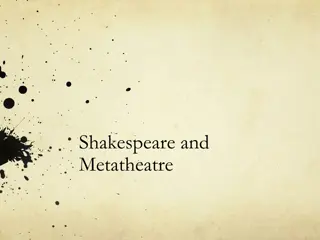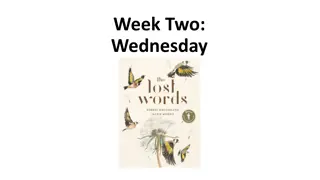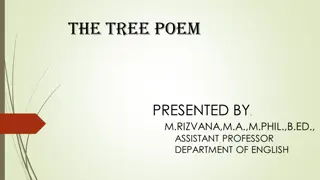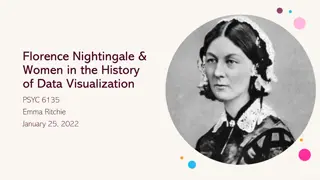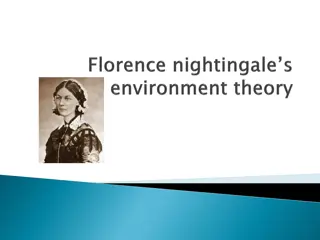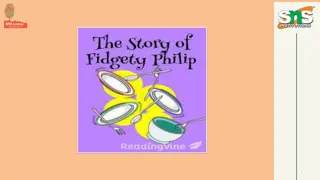Analysis of "The Nightingale" Poem by Philip Sidney in SYBA English
The poem "The Nightingale" by Philip Sidney is analyzed in the context of the first-person speaker, Philomela/the Nightingale, and Tereus. The speaker contrasts his own experiences with Philomela's suffering, addressing her pain while claiming his own anguish to be worse. The portrayal of love, rape, and expression of pain are scrutinized, offering insights into the emotions and perspectives presented in the poem.
Download Presentation

Please find below an Image/Link to download the presentation.
The content on the website is provided AS IS for your information and personal use only. It may not be sold, licensed, or shared on other websites without obtaining consent from the author. Download presentation by click this link. If you encounter any issues during the download, it is possible that the publisher has removed the file from their server.
E N D
Presentation Transcript
Loknete Dr.Balasaheb Vikhe Patil (Padma bhushan Awardee) Pravara Rural Education Society s Arts, Commerce and Science College, Alkuti Tal-Parner Dist- Ahmednagar Department of English Class-SYBA Special-II Understanding Poetry Name of Subject Teacher Sharmishtha Balkrishna Borude
1.The Nightingale By Philip Sidney
Speaker- The poem is written from the perspective of a first-person speaker. The speaker narrates the story of Philomela/the nightingale in order to create a point of contrast for his own experience. While Philomela has suffered rape, and now cries out in woe as a nightingale, he directly addresses her twice ("O Philomela fair"), telling her that she should take comfort in his story. Although she has been violated, he insists that his pain is worse. While her thorn is without while she is able to express her anguish his thorn is within he is not. In the second stanza, he specifies the cause of his pain. He craves love on a daily basis, but he is unable to find contentment. To modern readers, his statement that a man s erotic longing is worse than a woman s rape will read as callous. And, as his complaint takes the form of a poem set to song, the reader is also left to wonder: is it true that he is unable to express himself?
Philomela /the Nightingale The mythical character Philomela appears in the poem in the form of a nightingale. We receive her perspective only from the speaker s outside vantage point. From his perspective, she turns her grief over her rape into song. Her main source of anguish is her rape, and the speaker considers her response womanlike, diminishing her pain. He argues that her position is improving as she is able to express herself, and as her world is bursting into spring.
Tereus Tereus appears as the source of Philomela s pain. It is stated that he forced himself on Philomela, but the speaker also describes this act of force as love that succeeded in breaking her will. To modern readers, it will likely seem immoral and callous to call rape a forceful act of love.


